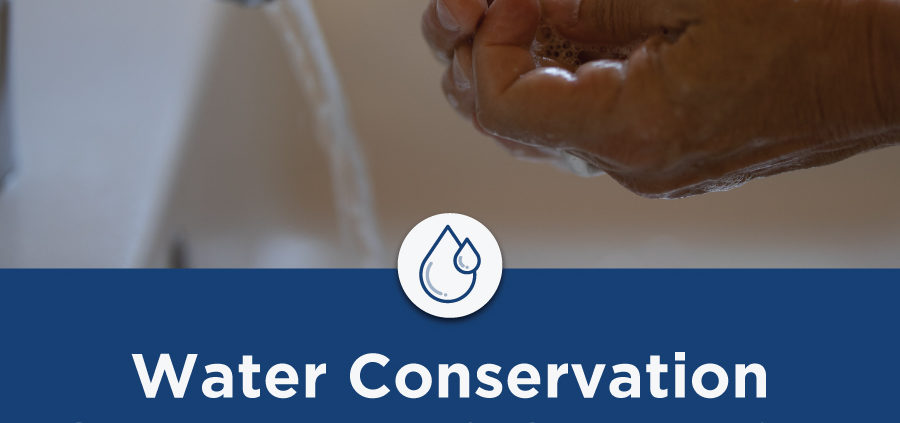Water Conservation Challenges & Strategies for Maintenance Managers
One of the biggest issues plaguing commercial and institutional facilities today is water waste. Whether it’s due to old pipes, leaks, or faucets that aren’t turned off, maintenance managers are desperate for solutions that can help them to keep the water bill down and improve their building’s water efficiency.
In this post, we take a closer look at a few water conservation challenges as well as strategies for maintenance managers.
Finding Opportunities for Water Conservation
One of the initial water conservation challenges that maintenance managers face is pinpointing where to focus their efforts and where opportunities lie. The first step, of course, is to gather some benchmark data. Find out how much water your building uses every day, month, quarter, or year, whatever number makes the most sense for your project and company.
Next, you want to focus on the water use of individual fixtures. For example, how many gallons of water are used with each flush of a toilet in your building? How many gallons are those toilets using each day/month/quarter/year? Gather as much information as possible.
Consider the following areas:
- Toilets
- Urinals
- Showers
- Sprinklers
- Irrigation systems
- Sinks/faucets
- Pipes and plumping
Once you can identify where your building is using the most water, you’ll be able to target those areas first for the biggest benefit. Then you can concentrate on areas that use smaller amounts of water.
[READ MORE: How to Cut Energy Costs in Your Facility]
How to Get Upper Management to Buy-In
Although you might see the benefit of investing in water conservation, it’s not always easy to get the board to agree. It’s common for maintenance managers and their teams to spend months, if not years, proposing water conservation tactics before receiving final approval. So how can you help to speed up the process?
Step one is to do your homework. Make sure that you have all data on current consumption rates as we discussed in the previous section. Then clearly spell out what the initial investment will be for all necessary replacement fixtures, repairs, or updates and pair it with a total return on investment or total savings.
By having these numbers ready, you’ll be able to clearly explain to anyone that needs to give approval how much the project will cost, how long it will take before that cost is recouped, and how much the company or building will save after those costs are returned.
[READ MORE: Identifying and Resolving Energy Inefficiencies in Your Building]
Recycling Water
In areas where collecting storm water is possible, this might be an opportunity to reduce your water expense without necessarily reducing consumption. Collected rain water can be great for use in irrigation or flushing toilets. Consider using the roof of your building for collection and storing the water in tanks for later use. Though this method won’t work in every situation (especially if your building has a small roof), it’s certainly something worth looking into.
Also, be sure to check with local ordinances since, in some parts of the world, it’s illegal to catch rainwater in large quantities.
For more information on how you can make your facility eco-friendlier, check out our free eBook Sustainable Building Products. This helpful resource will teach you about using recyclable materials, how to combat harmful air pollutants indoors, Scranton Products’ environmentally friendly products, and more!



